Finding the elusive “good “light”
You may have heard the term “quality of light” before, but do you know what that really means and how do you go about finding this highly elusive “good light”so many photographers talk about? In this article I’m going to explain a few terms and give you some tips on how to find the right light including:
- “hard” versus “soft” lighting
- what creates each and how to identify them
- what types of situations to use each type of lighting
- how to find “good” light any time of day
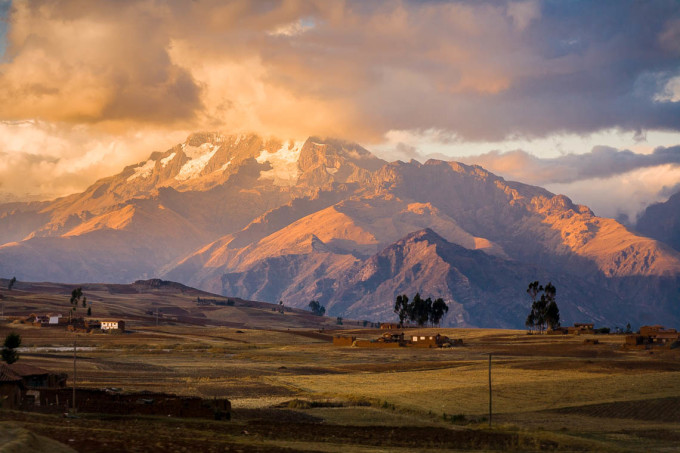
Quality of light
Quantity of light, of course, is how much light is present in a given scene. But what is quality of light? As in most things quantity is how much or how many, and quality is how good it is. So how do you measure whether the light is good or not?
The simplest definition of quality of light is this: quality of light is defined by the size of the light source relative to the subject.
What that means in real terms is that if you have a small light source it will produce hard lighting. If you have a large light source the light will be soft, however, it is also affected by the distance of the light source to the subject. If the large light source is close to the subject, it is proportionally large compared to their face. But if you move it back away from the subject quite a distance it changes the relative size of the light. I’ll give you an example: the sun itself is a giant burning ball of fire approximately 1.4 million kilometres (864,000 miles) in diameter. That’s large! However when we look at it from here it appears very small in the sky (size of a quarter) because of our relative distance from the sun. So the sun is actually a small light source.
Hard or harsh lighting
Hard lighting is created by small light sources such as:
- the sun (as you learned above it is a small light source)
- a bare lightbulb
- a candle
- a flashlight
- the small flash on your camera (yes even if you take if off camera the flash itself without any modifiers is a small light source)
Hard light is characterized by strong, well defined shadows and a high degree of contrast. With hard light you will notice deep, dark shadows, and bright, sometimes overblown highlights or whites. People photographed in hard light will often squint and have harsh unflattering shadows on their face.
Hard lighting – look for strong shadows and high contrast
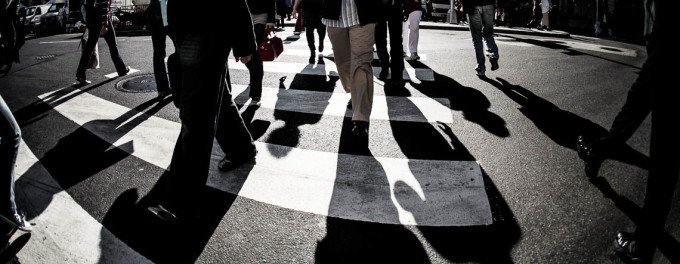
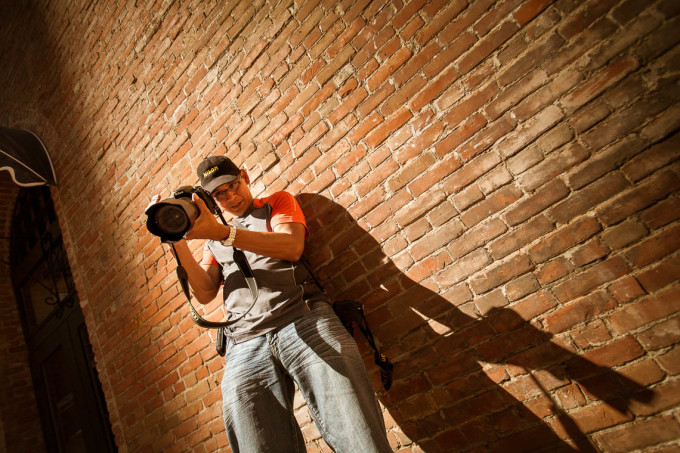
Soft or diffused lighting
Soft lighting is creating by large light sources such as:
- the sky on an overcast or really cloudy day (then the sun isn’t the light source any more it’s the entire sky which is much larger proportionally from where we stand)
- large studio lights like soft boxes (hence the name!) used by portrait and studio photographers
- a large white reflector used to bounce light (42″ would be large if placed close to the subject)
- light from a small speedlight or flash bounced off of a wall, ceiling, reflector or through an umbrella (only when you bounce or diffuse the light from your speedlight does it become softer)
- window-light from a north facing window or one which does not receive direct sunlight
- light from an “open sky” such as when the subject is in a doorway or covered area (out of the sun) and the light comes from the sky opposite the sun
Soft light then is the opposite of hard and is characterized by soft or not easily defined shadows, and low contrast. In soft light you may not even be able to distinguish where the shadows fall or if there is any. People photographed in soft light have less shadows and do not have to squint.
Note: even in soft light you still need to look at direction of light because if you use the sky on an overcast day the shadows will fall under the eyebrows and the person will have dark eyes.
Soft light – look for weak or no shadows and low contrast
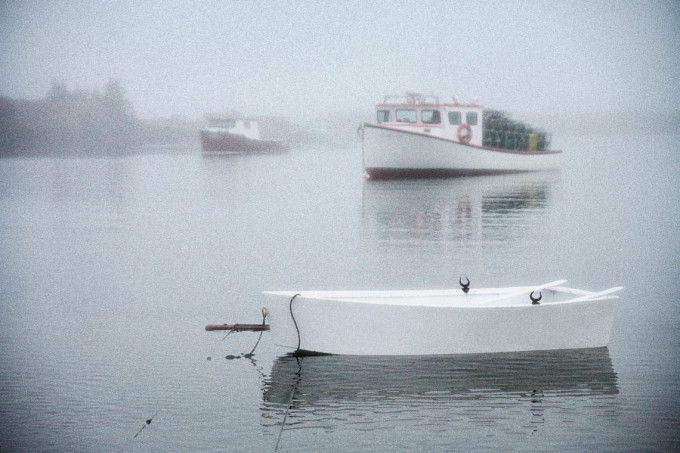
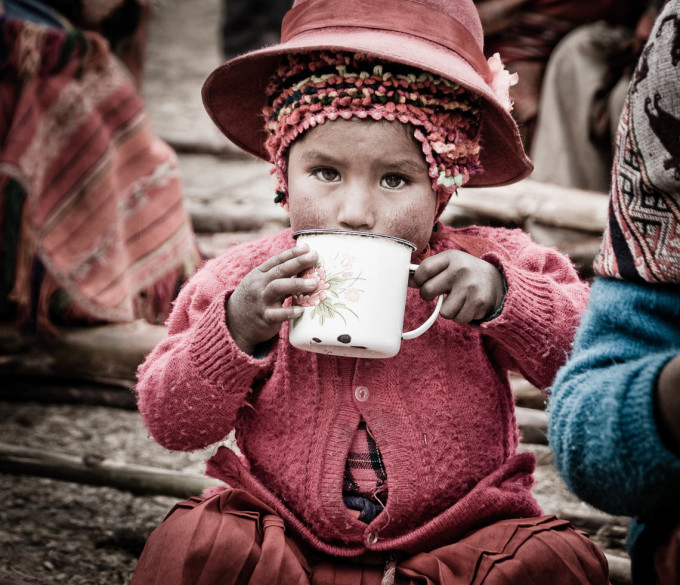
Which type of light is correct?
The answer to which type of light to use is that there is no right or wrong, and it depends on what look you want to create within your image. If you want more drama and to emphasize character and texture, then you will want to use hard lighting. If you want to emphasize a softer mood, or flatter a portrait subject you will want to have soft lighting. Here are some examples. Can you see which type of lighting is being used in each image, and if it is applicable to the scene and the desired result?

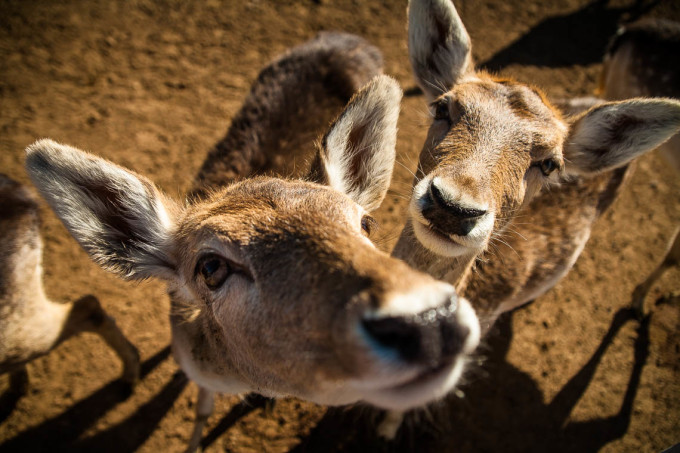

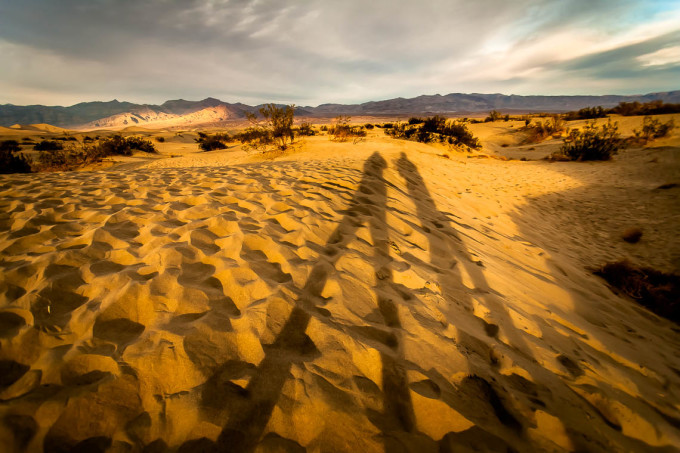
Quality of light for people photography
Quality of light is just as applicable to photography of people as well. While no hard and fast rule applies that says “always do this” for portraits – it is generally more flattering for your subject to use soft light.
Hard light will accentuate everything by adding contrast – that means wrinkles, lines, pores, etc – things that most people do not want enhanced. Your spouse or significant other would probably prefer not to emphasize those things. So if you are photographing a friend or spouse, and you want them to continue to like you, then consider soft lighting. However, if you are photographing a grizzled old man and want to emphasize his wrinkles, then hard light would be desired. Any subject where you want to add character and drama, then hard light might be a better choice. Punk rockers with a skateboard – try hard lighting.
You can find soft light by getting out of the sun and into the shade, an open doorway (using the light coming in) or using something to block the sun or harsh lighting (reflector). Many photographers do portraits in the “magic hour” about 60 minutes before dusk (or after sunrise) as the light is low on the horizon and is much warmer and softer.
Here are some comparisons using both hard and soft light for people
ACTION PLAN
So to sum up I’m going to ask you a few questions. Please share in the comments what you plan to do?
- What did you learn from this article?
- What do you want to learn next?
- How do you plan to advance your photography to the next level?
- Do you prefer reading books, articles and websites? Or is a live in person class more your thing? How about a virtual or online class?
Just tell me what one thing, or combination of things you plan to use to advance your photography skills. Is there something I can do to help you? Is there a gap of information on something you most want to learn? Tell me!
Cheers,